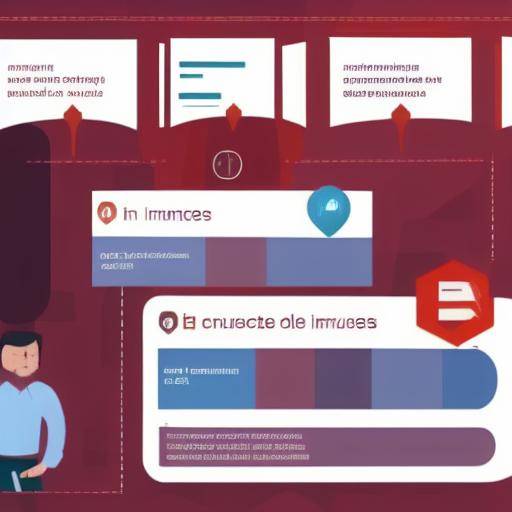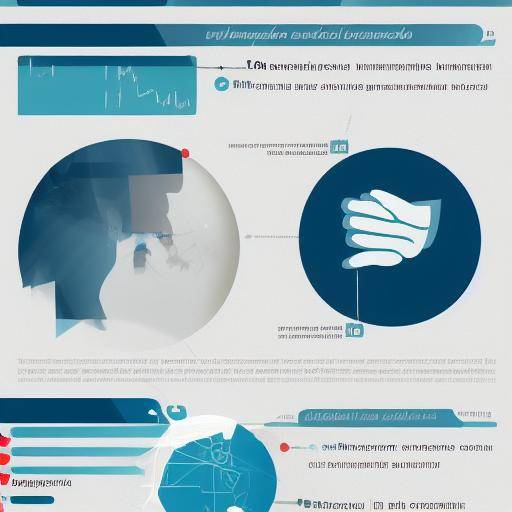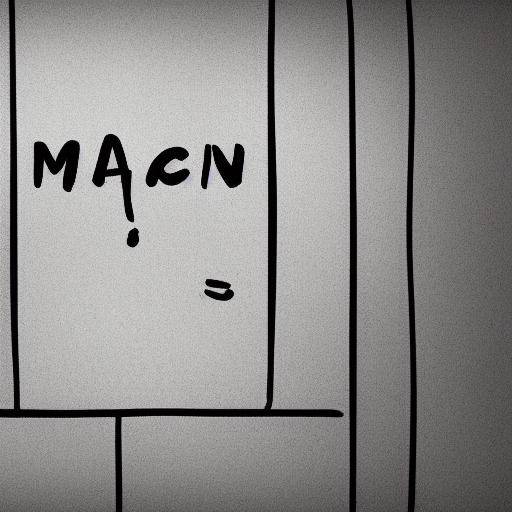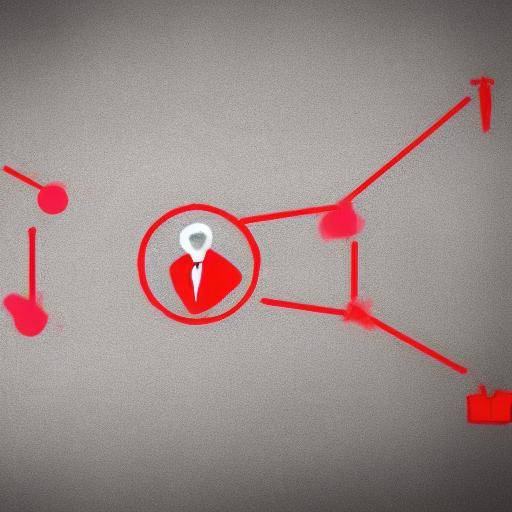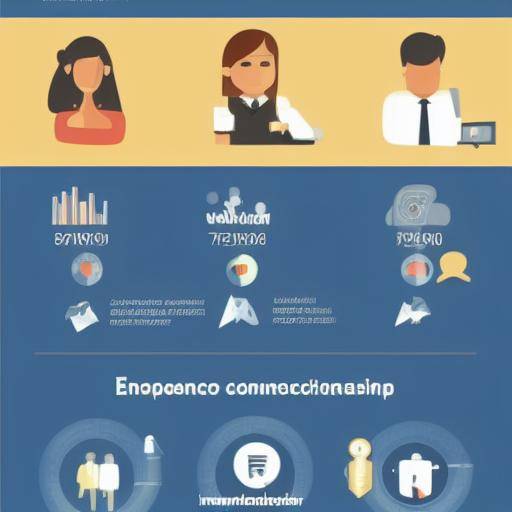
Nonverbal communication, often underestimated, plays a crucial role in our daily interactions. From gestures and facial expressions to bodily postures, the ability to interpret and use non-verbal communication can have a significant impact on the effectiveness of our communication. In this article, we will thoroughly explore the influence of non-verbal communication on social interaction and communication skills. From its historical origins to future trends and predictions, we will seek to understand in depth this fascinating aspect of human communication.
History and Background
The importance of non-verbal communication dates back to ancient times, when human beings depended largely on non-verbal signs to convey emotions and messages. Throughout history, prominent figures have studied and analyzed non-verbal communication, contributing to the development of theories and approaches that continue to influence the way we communicate today.
In the 1950s, pioneer studies of researchers like Albert Mehrabian highlighted the relevance of non-verbal communication, emphasizing that more than 90% of emotional communication comes from non-verbal signals. Since then, research in this field has flourished, revealing a wide range of non-verbal behaviors and their impact on the way we perceive and relate to others.
Analysis in Deep
Non-verbal communication plays a key role in various aspects of our life, from everyday life to professional life. Our gestures, facial expressions and voice tone convey a rich variety of messages that complement and enrich our verbal interactions. However, it also poses challenges, as the interpretation of these signals can vary according to cultural and situational contexts.
Technological advances have opened new dimensions in non-verbal communication, with the emergence of emojis, GIFs and other forms of digital expression that influence our online interactions. The understanding of non-verbal communication becomes even more relevant in an interconnected world where linguistic and cultural barriers coexist with the need for connection and understanding among people of different origins.
Comprehensive review
The practical application of non-verbal communication is manifested in various contexts, from business negotiation to interpersonal interaction. Leaders in the field of communication skills have been able to take advantage of this underlying dimension of communication in order to establish stronger connections, convey confidence and effectively persuade.
While non-verbal communication provides an additional layer of meaning to our interactions, it also poses challenges. Lack of awareness about our body language or misunderstandings in gestures and expressions can lead to misunderstandings and hinder effective communication. Understanding these complexities allows you to navigate successfully on various social and professional scenarios.
Comparative analysis
The interaction between non-verbal communication and communication skills is evident in the way we express our ideas, we actively listen to and adapt to the subtleties of human communication. While non-verbal communication often operates at the subconscious level, its effects manifest in a tangible way in our ability to establish empathy, convey leadership and generate impact on our audiences.
While communication skills provide us with verbal tools to articulate thoughts and emotions, the understanding of non-verbal signs enriches our ability to interpret and respond to the subtleties of communication. These two aspects are complemented in a unique way, creating a synergy that enhances our communicative effectiveness as a whole.
Practical and Accessible Tips
To maximize the impact of non-verbal communication on our daily interactions, it is essential to develop awareness and skills in this area.
- Observation and Reflection: Pay attention to your own gestures and positions in various situations.
- Training: Take part in workshops and courses that help you improve your body language.
- Consistent practice: Consciously apply concepts learned in your daily interactions.
- Feedback Continue: Look for feedback from people in your environment to adjust and improve your non-verbal communication.
In process




